02/06/2024
In the intricate world of precious metals, where each ounce carries a story of craftsmanship and value, understanding the grades of silver bars becomes essential for investors and collectors alike. The purity and quality of silver bars play a significant role in determining their value and appeal. In this guide, we’ll delve into the nuances of silver bar grading, unravel the mysteries behind purity standards, and help you make informed decisions when navigating the diverse landscape of precious metal investments.
The Silver Fineness Scale
At the heart of understanding silver bar grades lies the concept of fineness. The standard measure is often 1,000 or .999, indicating that the bar is 99.9% pure silver. The closer the fineness is to 1,000, the higher the purity and, consequently, the more valuable the silver bar. But note that not all silver bars for sale adhere to these stringent purity standards, making it crucial for buyers to have discerning eyes when exploring the market. As you embark on your journey to acquire silver bars, keep in mind that the quest for high fineness goes hand in hand with considerations of authenticity, weight, and overall quality.
Common Purity Grades: Breaking Down the Numbers
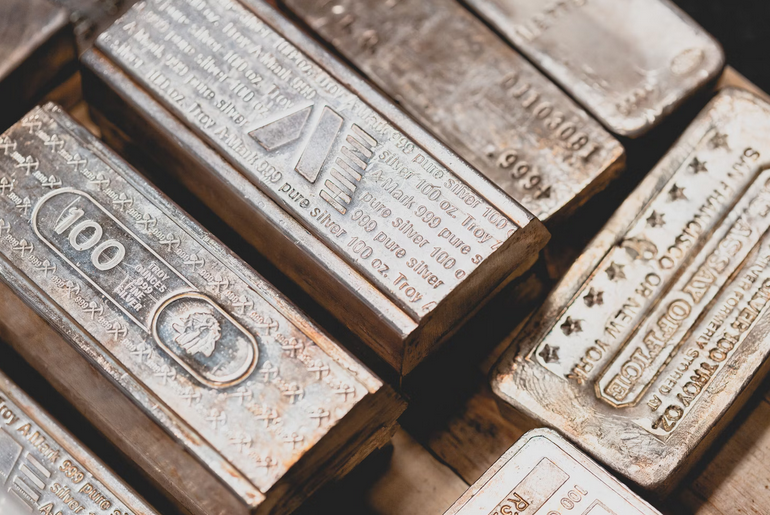
- .999 (99.9% Pure Silver): The most common and widely accepted purity grade for investment-grade silver bars. These bars are highly sought after for their purity and are often produced by reputable mints and refineries.
- .9999 (99.99% Pure Silver): Considered “four nines” pure, this grade represents an exceptionally high level of purity. Bars

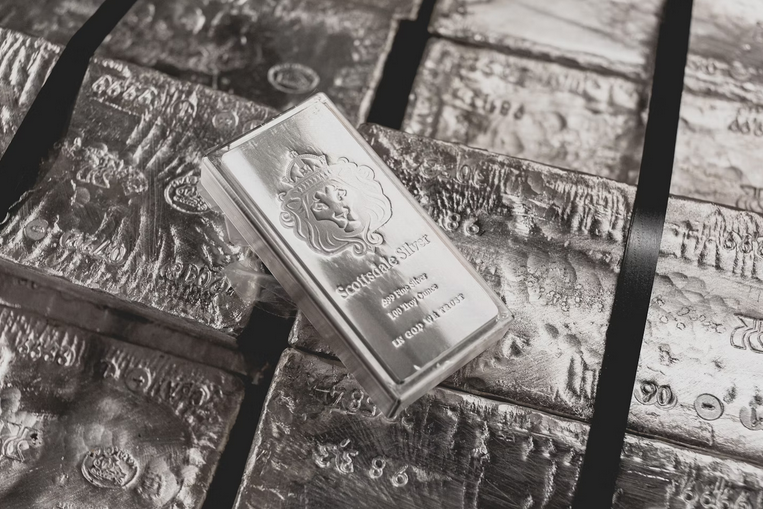

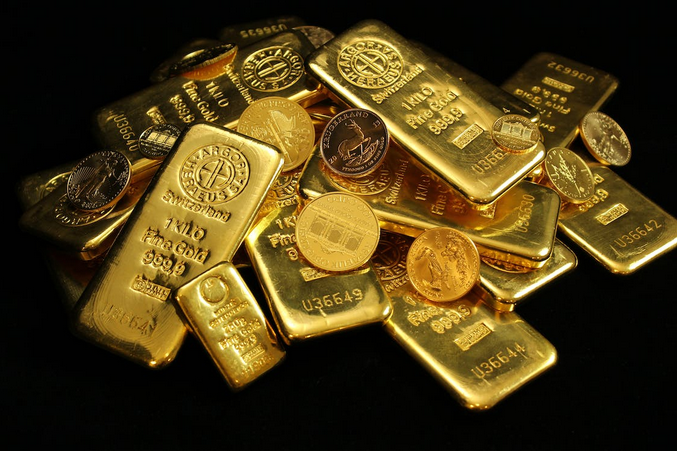
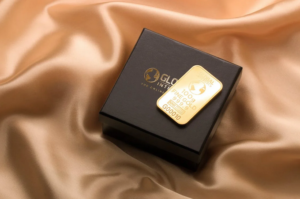 Whether it’s because you see a very enticing promo or a banner ad on a social media platform or the Internet, make sure the gold IRA company or custodian you choose is, in fact, legitimate and licensed. Not doing so is not only risky but can also lead to significant financial losses.
Whether it’s because you see a very enticing promo or a banner ad on a social media platform or the Internet, make sure the gold IRA company or custodian you choose is, in fact, legitimate and licensed. Not doing so is not only risky but can also lead to significant financial losses.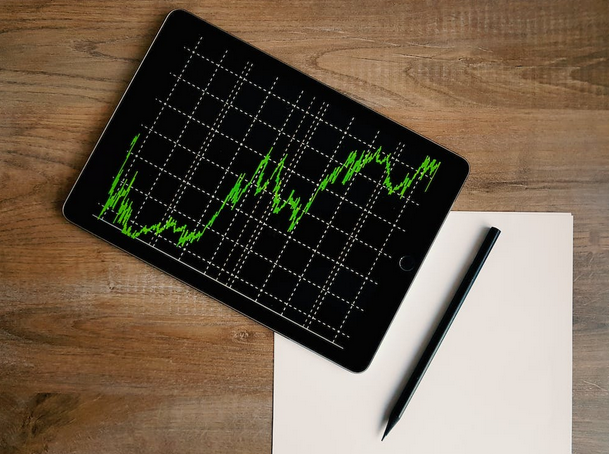
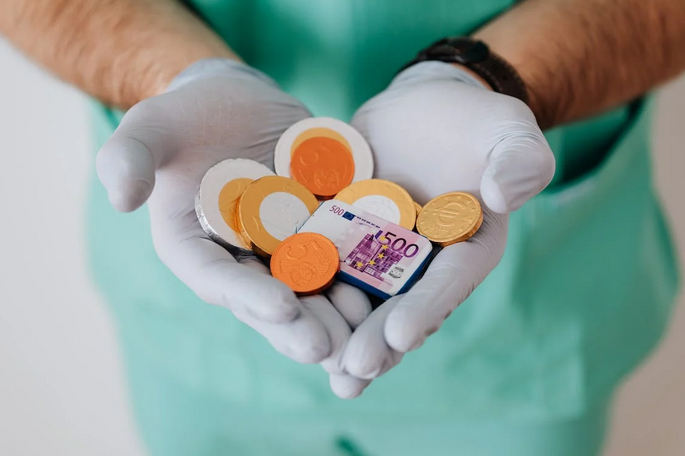
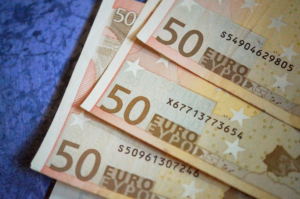 One of health insurance’s most important functions is providing financial protection for individuals and families. Medical expenses can be costly, especially if you need treatment for a severe illness or injury. Health insurance can help you pay for these medical expenses, saving you a lot of money in the long run. In addition, if you have health insurance, you will likely be able to receive treatment at a lower cost than if you did not have insurance. This is because health insurance companies often negotiate discounts with hospitals and doctors.
One of health insurance’s most important functions is providing financial protection for individuals and families. Medical expenses can be costly, especially if you need treatment for a severe illness or injury. Health insurance can help you pay for these medical expenses, saving you a lot of money in the long run. In addition, if you have health insurance, you will likely be able to receive treatment at a lower cost than if you did not have insurance. This is because health insurance companies often negotiate discounts with hospitals and doctors.
 One of the most important things to do when shopping for a car loan is to shop around for the best rate. There are a lot of lenders out there, and each one offers different rates and terms. It’s important to compare offers from multiple lenders to find the one that’s right for you.
One of the most important things to do when shopping for a car loan is to shop around for the best rate. There are a lot of lenders out there, and each one offers different rates and terms. It’s important to compare offers from multiple lenders to find the one that’s right for you.
 The first thing you’ll want to look for in a mobile banking app is the ease of navigation. The app should be easy to use, with an intuitive interface. You don’t want to spend time trying to figure out how to use the app – you want to be able to jump right in and start banking. Another critical feature to look for is personalization. The app should allow you to customize it to fit your needs. For example, you should be able to choose the layout that works best for you and specify which notifications you want to receive. This way, you can keep track of your finances while still keeping your phone organized and
The first thing you’ll want to look for in a mobile banking app is the ease of navigation. The app should be easy to use, with an intuitive interface. You don’t want to spend time trying to figure out how to use the app – you want to be able to jump right in and start banking. Another critical feature to look for is personalization. The app should allow you to customize it to fit your needs. For example, you should be able to choose the layout that works best for you and specify which notifications you want to receive. This way, you can keep track of your finances while still keeping your phone organized and
 Financial aid can provide college students with a lot of money to help pay for their tuition, books, fees, and other expenses. However, many people either overlook this option or don’t know that they are eligible until too late.
Financial aid can provide college students with a lot of money to help pay for their tuition, books, fees, and other expenses. However, many people either overlook this option or don’t know that they are eligible until too late.
 This is one of the main reasons people choose to use a DeFi Wallet over traditional wallets–the security provided by running on the Ethereum blockchain makes them nearly impossible to hack! As long as you have your private key stored somewhere safe offline, there is little chance you could steal your money. If you get hacked, you can easily transfer all of your money to a new account by sending it from the old wallet to the new one–so no harm done!
This is one of the main reasons people choose to use a DeFi Wallet over traditional wallets–the security provided by running on the Ethereum blockchain makes them nearly impossible to hack! As long as you have your private key stored somewhere safe offline, there is little chance you could steal your money. If you get hacked, you can easily transfer all of your money to a new account by sending it from the old wallet to the new one–so no harm done!
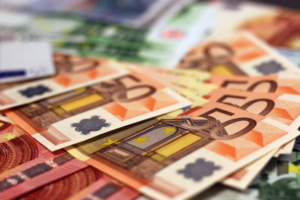 Start by reading through our past customer reviews! Check out each review to make sure that the company has a good reputation for its offerings. The better their online reputation, the more likely it is you’ll have a fantastic experience with them as well. They should also be accredited and licensed to ensure they are operating legally.
Start by reading through our past customer reviews! Check out each review to make sure that the company has a good reputation for its offerings. The better their online reputation, the more likely it is you’ll have a fantastic experience with them as well. They should also be accredited and licensed to ensure they are operating legally.
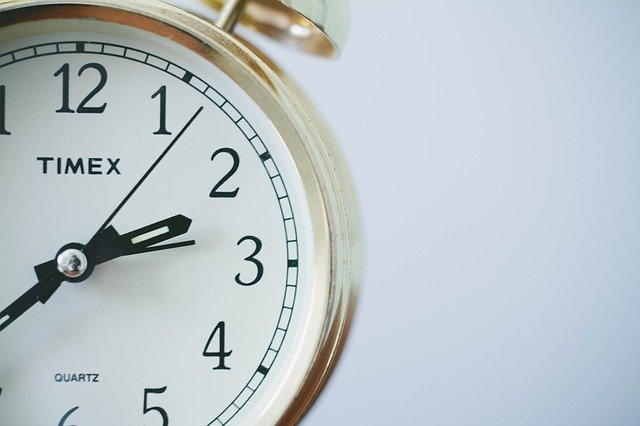


 If you have a new business, you will probably have a hard time finding a lender who is willing to work with you. Getting approved for a personal loan is easier because the lender looks at your credit history and income, not your business’s finances. You won’t have to provide extensive business plans or training like you would with a small business loan. Also, the requirements are favorable to you.
If you have a new business, you will probably have a hard time finding a lender who is willing to work with you. Getting approved for a personal loan is easier because the lender looks at your credit history and income, not your business’s finances. You won’t have to provide extensive business plans or training like you would with a small business loan. Also, the requirements are favorable to you.
 Good credit history is essential. The history of the borrower’s institution is examined. If you have an impeccable establishment history, it is simpler for the loan company to recognize your call. The lender or banks may also need to discover ways to meet the company’s goals and concepts. This is also important, because a borrower with a decent start-up history may have business ideas that do not work. The credit may not be examined if the creditor assumes that the company’s prerequisites cannot be met.
Good credit history is essential. The history of the borrower’s institution is examined. If you have an impeccable establishment history, it is simpler for the loan company to recognize your call. The lender or banks may also need to discover ways to meet the company’s goals and concepts. This is also important, because a borrower with a decent start-up history may have business ideas that do not work. The credit may not be examined if the creditor assumes that the company’s prerequisites cannot be met.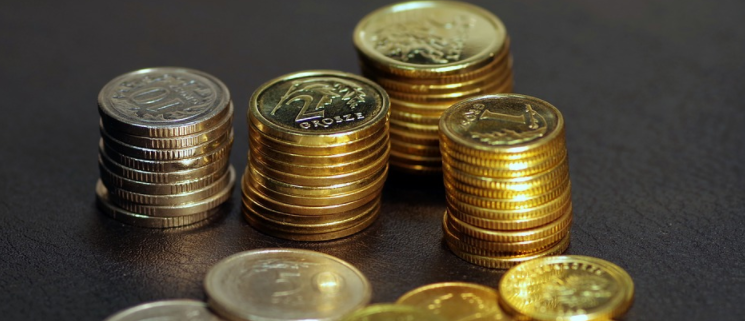
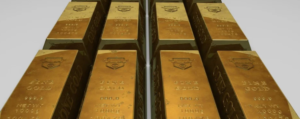 It is human to discover a justification for this, especially when you need the money. Listed below are some of the main benefits that you can understand from investing in gold. In times of inflation, money tends to decrease purchasing power, leading to an increase in life’s purchase price. Or you can quickly exchange your gold for cash. If you’ve ever tried to get quick cash by selling your home or car, then you know precisely how difficult it can be to find the right buyer with the perfect offer. The same is not valid for gold.
It is human to discover a justification for this, especially when you need the money. Listed below are some of the main benefits that you can understand from investing in gold. In times of inflation, money tends to decrease purchasing power, leading to an increase in life’s purchase price. Or you can quickly exchange your gold for cash. If you’ve ever tried to get quick cash by selling your home or car, then you know precisely how difficult it can be to find the right buyer with the perfect offer. The same is not valid for gold.






 Accounting includes managing financial records, the company’s income, profits and losses, and many different expenses. At the time of the
Accounting includes managing financial records, the company’s income, profits and losses, and many different expenses. At the time of the 
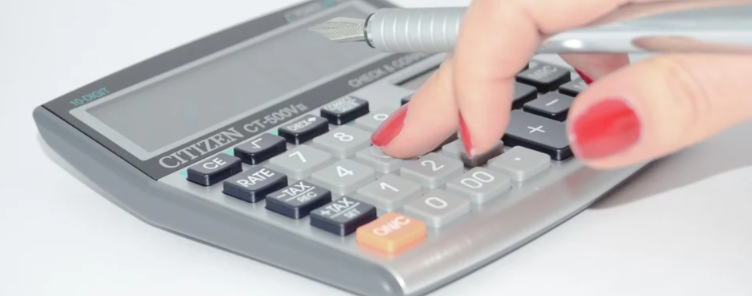



 Raising funds,
Raising funds, 
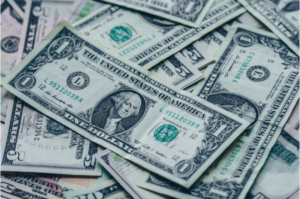 While mining is your easiest way to make
While mining is your easiest way to make 

 Good marketing strategies should last for a limited time. Furthermore, limiting the time of marketing strategy means that a product offer is available for a short period. Doing this increases the sale of the product …
Good marketing strategies should last for a limited time. Furthermore, limiting the time of marketing strategy means that a product offer is available for a short period. Doing this increases the sale of the product …

